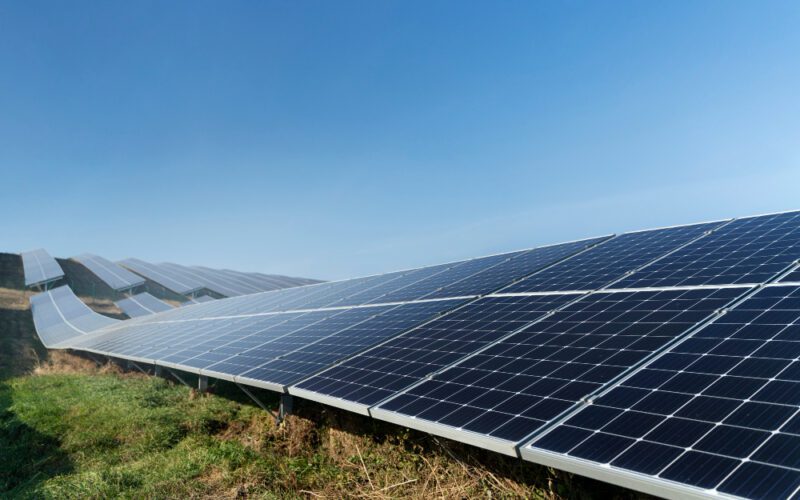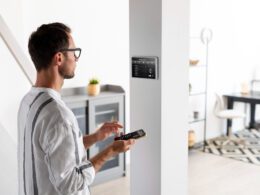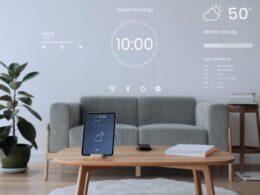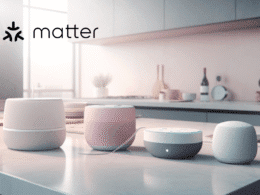Smart home solar integration is transforming how homeowners manage energy in 2025. By combining rooftop solar, battery storage, and intelligent automation, today’s smart homes are becoming more efficient, sustainable, and independent. As a result, homeowners gain real-time insights and control over their energy use. This post explores the benefits of solar-smart synergy, how it works, and which systems are leading the way.
Why Solar-Smart Integration Matters
When you integrate solar power with smart home ecosystems, you unlock real-time energy automation, load shifting, and efficiency optimization. For example, smart thermostats and smart plugs can prioritize solar production during daylight hours. In addition, this smart coordination reduces reliance on grid power and cuts utility bills significantly. Learn more from sources like Enterprise IG, NEN Power, and Maxbo Solar.
Key Benefits of Integration
Smart home solar integration gives homeowners better control over energy usage, automating appliances based on solar output and time-of-day rates.
By combining solar panels, battery storage, and home automation, several advantages emerge:
- Energy efficiency: Smart energy systems optimize usage based on solar output and consumption trends.
- Cost savings: Automation schedules high-load tasks during solar peak hours. See how in this breakdown by ThermoSun.
- Resilience and independence: Stored solar energy powers your home even during outages. Read how on SolarTex News.
- Home value uplift: Solar-smart homes have higher resale appeal, per Enterprise IG.
- EV charging optimization: EV chargers can sync with solar peak times via smart control.
How It Works: Systems and Automation
First, solar panels feed energy into inverters and batteries like the Tesla Powerwall 3 or Enphase IQ Battery. These systems then connect with EMS (Energy Management Systems) that coordinate solar production, household demand, and battery storage. In addition, smart software enables these systems to react to peak pricing or weather forecasts for maximum savings.
One leading solution is the EcoFlow Oasis, which uses AI to forecast energy use and automate appliances and EV charging. Similarly, sonnen systems optimize usage by analyzing weather and local grid conditions to improve self-consumption efficiency.
Challenges and Considerations
Of course, this integration isn’t without its challenges:
- High upfront costs: Learn more about rebates and financial options on Modern Home Guide.
- Compatibility issues: Not all smart tech works seamlessly with every solar system. NEECO explains what to check before purchasing.
- Maintenance & software updates: Firmware updates are vital to keep your energy systems secure and functional.
- Data privacy: Smart meters and apps collect usage data—make sure your vendor offers transparent policies and encryption.
Leading Systems in 2025
Here are some standout platforms making waves in 2025:
- Enphase IQ Battery: Modular storage system with integrated microinverters and Matter-compatible smart home sync.
- EcoFlow Oasis: AI-powered EMS with weather prediction, peak automation, and third-party smart device support.
- Tesla Powerwall 3: Seamless integration with Tesla Solar, featuring “Charge on Solar” and mobile app automations.
- sonnenBatterie: A German-developed solution for dynamic load management and shared energy communities.
Conclusion
To sum up, integrating solar power with smart home ecosystems delivers automation, energy independence, sustainability, and cost savings. While the initial setup may involve higher costs, systems like EcoFlow Oasis, Tesla Powerwall 3, sonnenBatterie, and Enphase consistently provide long-term returns. Ultimately, by selecting compatible tech and automating smart decisions, you future-proof your home and embrace clean, efficient energy living.
